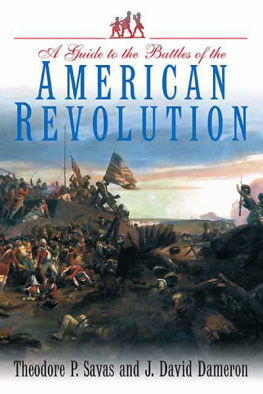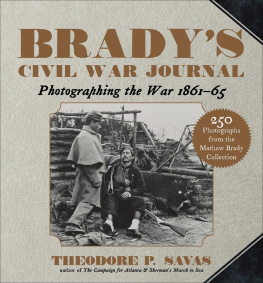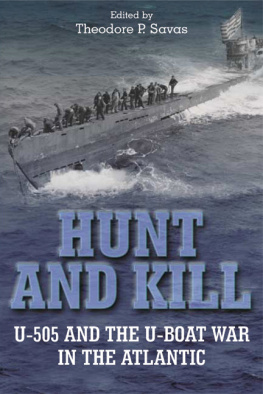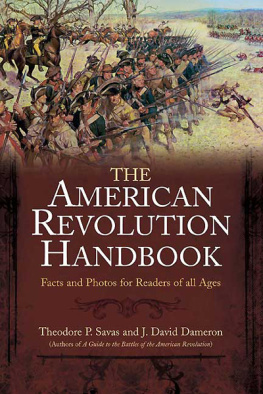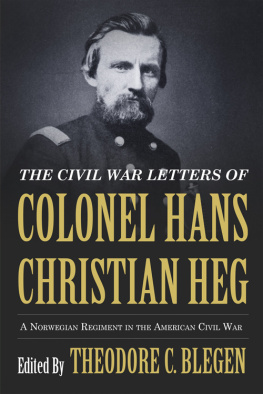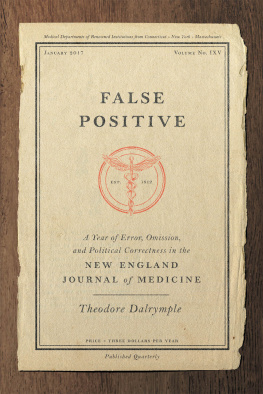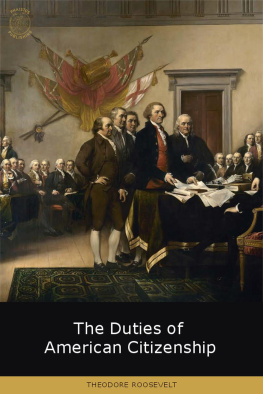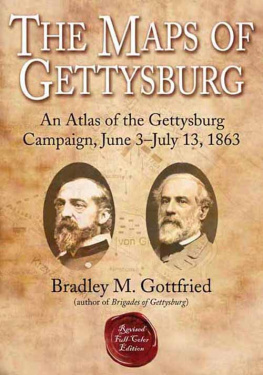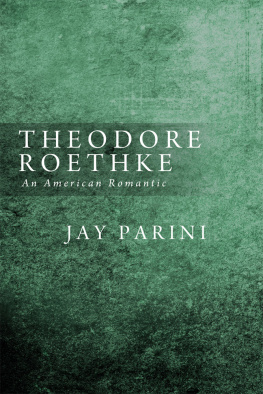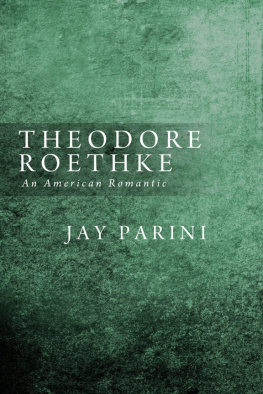A J OURNAL O F T HE A MERICAN C IVIL W AR
E DITORS:
Theodore P. Savas
David A. Woodbury
Subscription and General Information
Civil War Regiments is published quarterly by Regimental Studies, Inc., a nonprofit charitable corporation located at 1475 South Bascom Avenue, Suite 204, Campbell, CA 95008. Editors: Theodore P. Savas and David A. Woodbury. Voice: (408) 879-9039. Facsimile: 408-879-9327.
SUBSCRIPTIONS: (four books) $27.00/year, ppd., individual and institutional. Individual issues may be ordered at $7.50 each, ppd., by writing to Back Issues, CWR, 1475 South Bascom, Suite 204, Campbell, CA 95008. Please specify the volume and issue number when placing your order. Prepayment with check, money order, or MC/V is required. Two hundred and fifty signed and numbered four-issue Collectors Sets for the premier volume were printed. Cost is $35.00 ppd. Inquire as to availability. FOREIGN ORDERS: Individual issues are $10.00 each, ppd., subscriptions (four issues) are $33.00, ppd. Payment in United States currency only (MC/V accepted). Allow eight to twelve weeks for delivery.
MANUSCRIPTS AND CORRESPONDENCE: We welcome manuscript inquires. For authors guidelines, send a self-addressed, double-stamped business envelope to: Editor, 1475 South Bascom, Suite 204, Campbell, CA 95008. Include a brief description of your proposed topic and the sources to be utilized. No unsolicited submissions will be returned without proper postage. Book review inquiries or submissions should be directed to Dr. Archie McDonald, Book Review Editor, Stephen F. Austin University, Department of History, P.O. Box 6223, SFA Station, Nacogdoches, Texas 75962-6223. (409) 568-2407.
Regimental Studies, Inc., expressly disclaims all responsibility for statements, whether of opinions or fact, contained herein. RSI is not responsible for journals lost in the mail because of failure to provide, in writing, timely notice of a change of address.
This journal is printed on
60-lb. J.B. Offset recycled, acid-free paper
Thanks to your support during the publication of Volumes One and Two, Civil War Regiments has been able to make a number of donations to various Civil War-related preservation organizations. The recipients of these donations are listed below:
(LIFE MEMBER) ASSOCIATION FOR THE PRESERVATION
OF CIVIL WAR SITES
RICHARD B. GARNETT MEMORIAL, HOLLYWOOD CEMETERY
HERITAGEPAC
SAVE HISTORIC ANTIETAM FOUNDATION
THE TURNER ASHBY HOUSE, PORT REPUBLIC, VIRGINIA
CIVIL WAR ROUND TABLE ASSOCIATES
THE COKER HOUSE RESTORATION PROJECT, JACKSON, MS CWRT
AMERICAN BLUE & GRAY ASSOCIATION
APCWS FISHERS HILL CAMPAIGN (1/2 ACRE DONATION)
F OUNDING C ONTRIBUTORS:
Theodore P. Savas, Esq. San Jose, CA
David A. Woodbury San Francisco, CA
Lee W. Merideth Twentynine Palms, CA
Michael Malcolm Los Altos Hills, CA
William E. Haley Huntington Beach, CA
Organizations:
The South Bay Civil War Round Table of San Jose, CA
The Long Beach Civil War Round Table
Editors:
Theodore P. Savas David A. Woodbury
Book Review Editor:
Archie McDonald
Preservation Editor:
A. Wilson Greene
Editorial Advisory Board:
Robert K. Krick, Fredericksburg & Spotsylvania National Military Park
Brian C. Pohanka, Alexandria, Virginia
Terry L. Jones, Northeast Louisiana University
Arthur W Bergeron, Jr., Louisiana Office of State Parks
William Marvel, South Conway, New Hampshire
Peter Cozzens, Alexandria, Virginia
Production Manager: Lee Merideth
Circulation: Carol Savas
Copy Assistant: Anne Tolbert Woodbury
S TATEMENT O F P URPOSE : Regimental Studies, Inc., is a non-partisan, non-profit charitable corporation founded to further two specific goals. It is hoped that Civil War Regiments will encourage further research into the often neglected area of unit history studies by providing a serial outlet for ongoing regimental research. It is also our intent to raise funds for the preservation and protection of endangered Civil War sites by donating all revenue over expenses to various preservation organizations. To this end, your active support in the form of donations, advertisements, articles and subscriptions, is both encouraged and welcomed.
T HE S UMTER A RTILLERY
The Story of the 11th Battalion, Georgia Light Artillery During the War Between the States
James L. Speicher
When Georgia joined the Confederacy on January 19, 1861, a prominent planter from Sumter County named Allen Cutts organized an artillery battery for service in the Confederate Army. An organizational meeting took place in Prices Warehouse in Americus, Sumter Countys seat, located 50 miles southeast of Columbus and 118 miles south of Atlanta. When the original roll was called, the battery contained 150 names and included three ordained preachers and four surgeons.
The Sumter Flying Artillery left Americus en route to Richmond, Virginia on July 6, 1861, and was officially mustered into Confederate service nine days later. Even though the battery was without artillery pieces, it was ordered to report to Manassas on the day of its muster. The Georgians arrived at Manassas on July 22, too late to participate in the victory of the previous day. Curiosity led many of the men to visit the battlefield, where they saw the dead being removed or buried where they had fallen. It was a sobering sight for the new soldiers.
In early August, the battery received its first allotment of guns, six 6-pound howitzers which had been captured from the Federals at First Manassas. By the end of the month, the unit received two additional guns, a seventh 6-pound howitzer and a 12-pound howitzer. Captain Cutts boasted, Our battery is composed of guns captured from the enemy at the Battle of Manassas Plains on the 21 July 1861. It is an honor to have them & a privilege to use them against their former owners which I am satisfied this command will do successfully should an opportunity afford itself.
The artillerymen did not get an opportunity to demonstrate their abilities in the field until the 20th of December, 1861, when the Sumter Flying Artillery took part in a foraging expedition under the command of Brig. Gen. J. E. B. Stuart. Captain Cutts took half of the battery as the artillery support for the four infantry regiments and the large train of wagons which accompanied Stuart.







